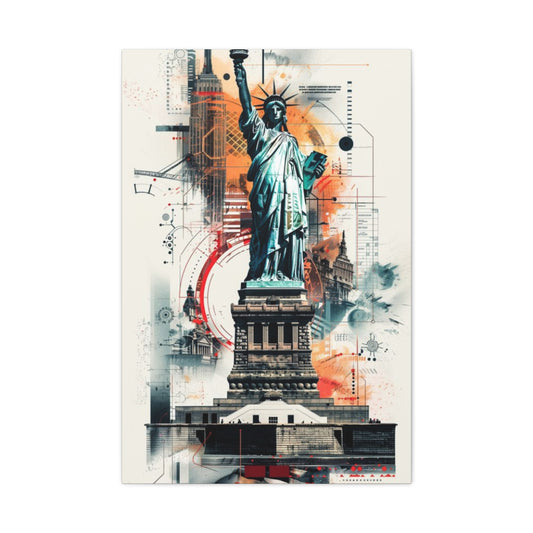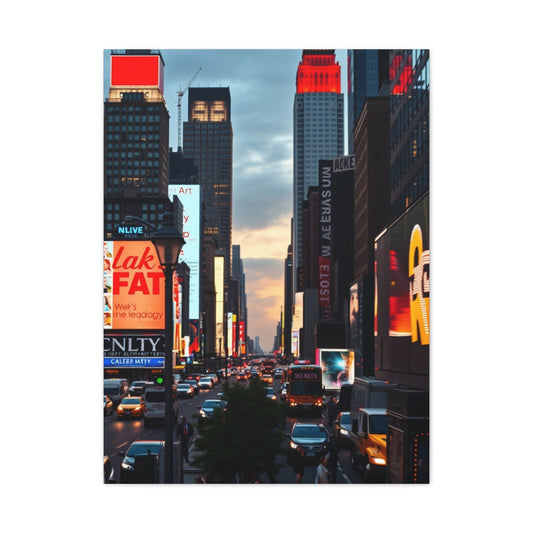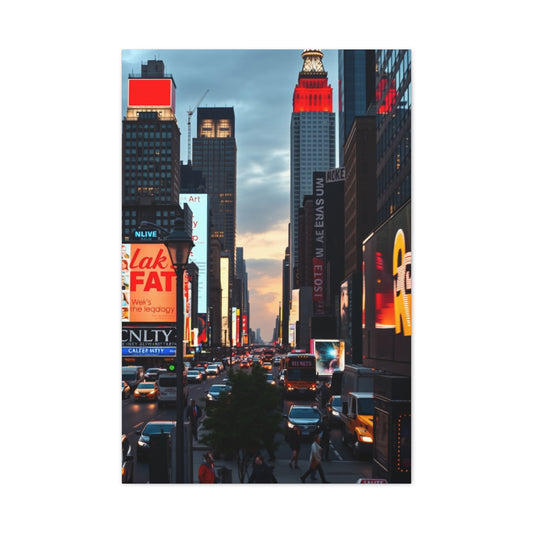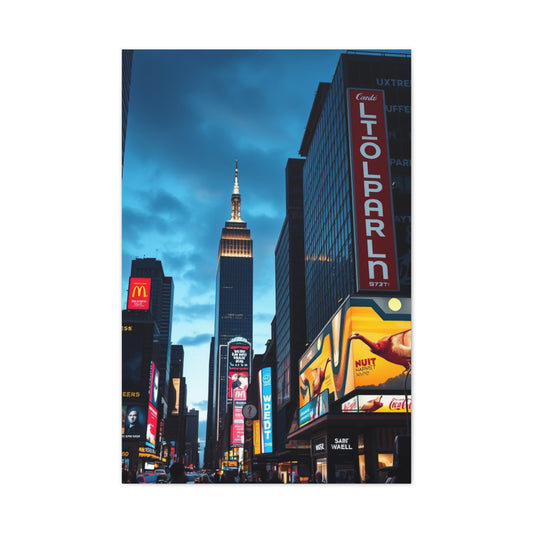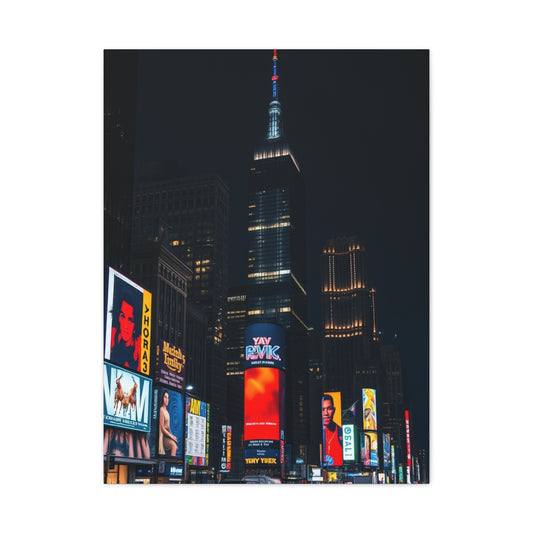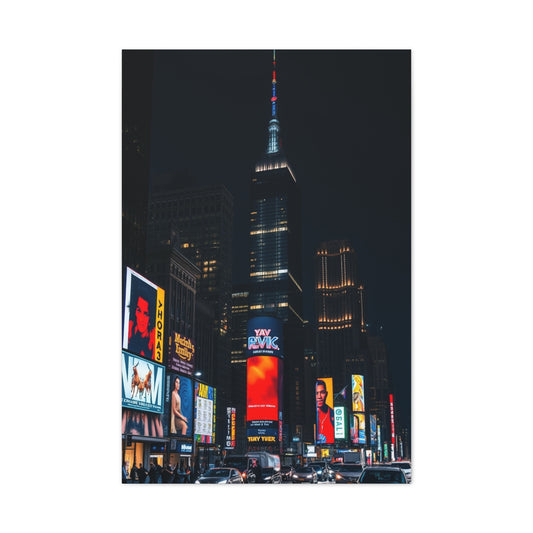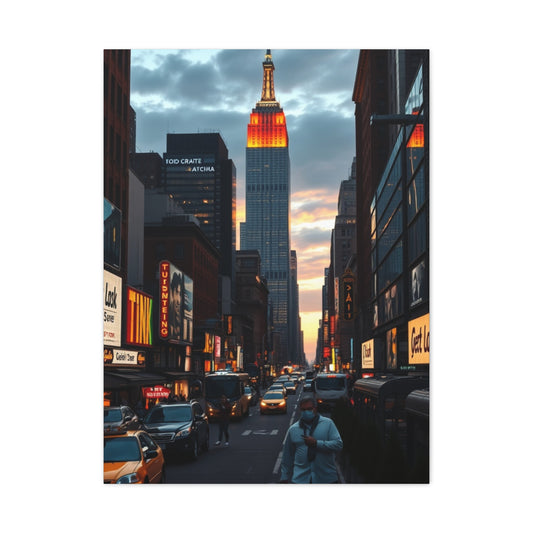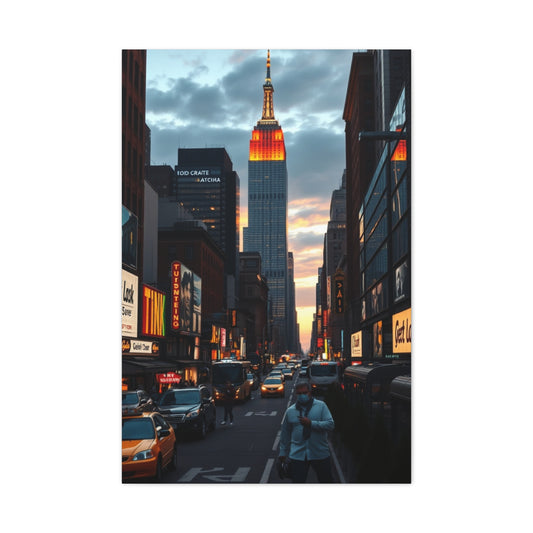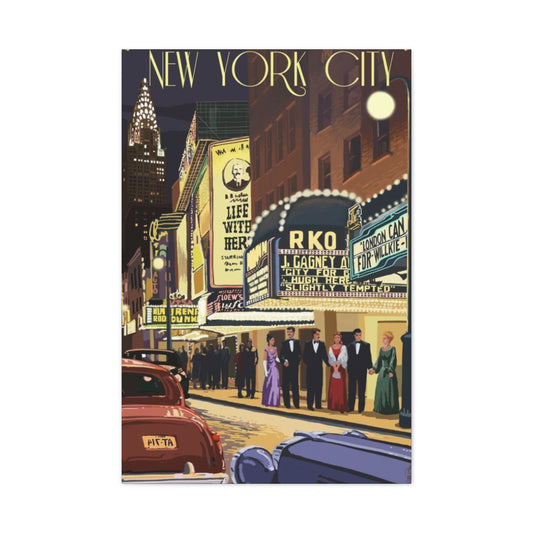Interior design paradigms undergo perpetual metamorphosis, establishing fresh aesthetic vocabularies that reflect societal consciousness and evolving lifestyle aspirations. The contemporary home decoration landscape of 2022 demonstrates an unprecedented convergence of environmental mindfulness, technological integration, and expressive individualism. These transformational concepts represent more than superficial stylistic adjustments; they embody fundamental shifts toward sustainable living practices, biophilic connections, and personalized spatial narratives.
The current year's decorative philosophy emphasizes authenticity over artificiality, celebrating natural materials alongside bold chromatic expressions. This dichotomy creates compelling interior environments that simultaneously honor traditional craftsmanship and embrace progressive design methodologies. Homeowners increasingly seek spaces that function as sanctuaries, workspaces, and creative studios, necessitating versatile design solutions that accommodate multiple lifestyle demands.
Chromatic Vibrancy Revolutionizes Residential Color Palettes
The chromatic landscape of contemporary interior design has undergone a dramatic renaissance, abandoning the subdued neutrals that dominated previous years in favor of exuberant, life-affirming hues. This transformational shift represents more than aesthetic preference; it reflects a collective psychological response to prolonged isolation and uncertainty, manifesting through bold color choices that inject vitality into domestic environments.
Professional interior designers observe an unprecedented enthusiasm for saturated oranges, emerald greens, and golden yellows, creating dynamic visual experiences that energize occupants and visitors alike. These vibrant selections function beyond mere decoration, serving as therapeutic tools that influence mood, productivity, and overall well-being. The strategic implementation of vivid colors through accent walls, furnishing selections, and decorative accessories creates focal points that anchor entire room compositions.
However, this chromatic boldness doesn't negate the continued relevance of neutral foundations. Sophisticated color schemes emerge through the thoughtful juxtaposition of earth-toned bases with strategic bursts of saturated pigments. This balanced approach allows homeowners to experiment with trending colors without committing to overwhelming chromatic intensity throughout entire spaces.
The psychological impact of color selection extends beyond aesthetic considerations, influencing circadian rhythms, emotional states, and cognitive function. Warm yellows and oranges stimulate creativity and social interaction, making them ideal for communal areas like kitchens and living rooms. Conversely, deeper greens and blues promote tranquility and focus, creating perfect environments for bedrooms and study areas.
Pantone's annual color announcements significantly influence residential design decisions, providing professional validation for homeowners considering bold chromatic choices. These expert-endorsed palettes offer starting points for comprehensive color schemes that maintain cohesion while embracing contemporary vibrancy.
Dimensional Wall Treatments Create Architectural Interest
The transformation of interior design in recent decades has placed walls at the forefront of spatial artistry. Once regarded as static, two-dimensional boundaries, walls are now being reimagined as dynamic, sculptural elements that define character, depth, and atmosphere within a space. Dimensional wall treatments introduce both tactile and visual complexity, elevating interiors beyond conventional paint or wallpaper into immersive architectural experiences.
These treatments draw from a diverse palette of materials, finishes, and manufacturing innovations, blending craftsmanship with cutting-edge technology. The result is an expansive range of textures and forms capable of complementing minimal, contemporary spaces or adding layered richness to traditional settings. By incorporating three-dimensional surfaces, designers can manipulate light, shadow, and perception, transforming the wall into an active participant in a room’s overall composition.
Dimensional wall treatments can also serve practical purposes beyond aesthetics. Many materials provide enhanced acoustic control, improved insulation, and increased durability, making them as functional as they are beautiful. The combination of artistic design and pragmatic performance ensures that these installations meet the evolving demands of modern living environments.
Textured Wallpapers and Advanced Embossing Techniques
Textured wallpapers have advanced far beyond the simple patterns of decades past. Today’s offerings use raised reliefs, intricate embossing, and fabric-inspired surfaces to bring depth and dimension to vertical planes. Through modern production techniques, manufacturers can replicate the feel of natural fibers, woven textiles, and even carved stone at a fraction of the cost of real materials.
These wall coverings allow for a range of effects, from subtle tactile enhancement to bold, sculptural statements. A grasscloth-inspired wallpaper can imbue a space with organic warmth, while a metallic-foil embossed pattern introduces a sense of glamour and drama. The durability of these products ensures they can withstand the wear and tear of high-traffic spaces while maintaining their visual integrity over time.
Some textured wallpapers incorporate hybrid materials that add unique qualities, such as sound absorption or moisture resistance, expanding their potential applications to spaces like bedrooms, offices, or even certain bathroom areas. Installation methods have also evolved, with peel-and-stick options allowing easier application and removal, making it possible for homeowners to refresh their interiors without major disruption.
Innovative Paint Formulations for Textural Surfaces
Advancements in paint technology have opened new possibilities for creating tactile interest without traditional wall coverings. Specialized paints now include additives like sand, quartz, glass beads, or metallic flakes that alter the surface texture and interact with light in dynamic ways.
These formulations can shift appearance throughout the day as sunlight angles change, providing a living quality to the wall’s surface. Metallic-infused paints can gleam under artificial light, while matte, grit-enhanced options can add earthy depth and a grounded feel to a space. The versatility of these products means they can be applied across large surfaces or used selectively to highlight architectural details.
For homeowners seeking DIY-friendly options, many textured paints are designed for straightforward application using rollers, brushes, or trowels. Layering techniques can be employed to achieve varying levels of texture, from subtle stippling to more dramatic relief. With the right approach, even novice decorators can achieve results that rival professional finishes.
Three-Dimensional Wall Panels and Sustainable Materials
Three-dimensional wall panels represent one of the most impactful dimensional treatment options. These panels, often made from sustainable materials like bamboo, cork, and recycled composites, offer striking geometric, organic, or abstract patterns that bring instant architectural presence to a room.
Beyond their visual impact, many of these panels deliver functional benefits. Cork and certain composites provide natural sound absorption, enhancing acoustic comfort in spaces like home theaters or bedrooms. Panels constructed with insulating properties can also contribute to energy efficiency, helping regulate indoor temperatures.
Installation flexibility is a key advantage. Modular panel systems can be configured in endless patterns, enabling homeowners to create custom accent walls, room dividers, or even full-room treatments. They can be painted, stained, or left in their natural finish to suit the surrounding decor. The durability of these materials ensures long-term performance even in high-use environments.
Strategic Placement and Spatial Zoning Through Texture
The effectiveness of dimensional wall treatments depends heavily on strategic placement. When used thoughtfully, they can define functional zones within open-plan layouts, guide movement through a space, or highlight architectural focal points.
For example, a textured accent wall behind a bed can create a visual anchor in a bedroom, while panels along a hallway can add interest to transitional spaces. In living areas, using texture to differentiate a dining zone from a lounging zone can create subtle boundaries without the need for physical partitions.
Lighting plays a critical role in maximizing the impact of texture. Directional lighting, such as wall washers or spotlights, can accentuate relief patterns, casting shadows that change with the viewing angle. This interplay between texture and light adds a kinetic quality to otherwise static architectural elements.
Material Innovations and Hybrid Applications
The rapid development of new materials has expanded the possibilities for dimensional wall treatments. Hybrid products combine the visual richness of traditional materials with the performance of advanced composites. For example, polymer-based panels can mimic the look of carved wood or stone while being lighter, easier to install, and resistant to environmental wear.
Some treatments incorporate integrated technologies, such as LED backlighting within panel recesses, creating dynamic wall features that shift between functional illumination and decorative mood lighting. Others embed natural elements, such as preserved moss or stone aggregates, into modular systems for biophilic design benefits.
Hybrid applications also allow for layering of textures—combining smooth and rough finishes, matte and glossy surfaces, or rigid and soft elements. These layered approaches can produce depth and sophistication while ensuring the wall complements multiple design styles.
Maintenance, Durability, and Long-Term Performance
Durability is a crucial factor when selecting dimensional wall treatments, especially for high-touch areas. Materials like cork, composite panels, and high-quality textured wallpapers can withstand daily wear with minimal upkeep. Many options are designed with protective coatings that resist stains, fading, and moisture damage.
Routine maintenance typically involves gentle cleaning to remove dust and debris without damaging the surface texture. For textured paint finishes, occasional touch-ups can maintain appearance without requiring full repainting. Modular panel systems offer the advantage of replacing individual sections if they become damaged, rather than redoing an entire wall.
The longevity of these treatments depends not only on the material but also on proper installation. Professional fitting ensures secure adhesion, precise alignment, and compatibility with the wall’s structural conditions, safeguarding both performance and aesthetic quality over time.
Integrating Dimensional Walls into Cohesive Interior Design
A successful dimensional wall treatment works in harmony with the broader interior scheme. Color coordination, proportional balance, and stylistic alignment are essential to ensure the wall enhances rather than overwhelms the space.
In minimalist interiors, a monochromatic textured wall can add depth without disrupting the simplicity of the palette. In more eclectic or traditional settings, richly patterned panels or wallpapers can serve as a statement piece that ties together diverse design elements. The integration of complementary flooring, furniture, and lighting can further amplify the impact.
Ultimately, dimensional wall treatments represent more than decorative flourishes—they are architectural tools that shape perception, guide movement, and influence the atmosphere of a space. When carefully selected and executed, they transform walls into living design elements that continue to engage and inspire over time.
Natural Material Integration Strengthens Biophilic Connections
In the evolving landscape of interior architecture, natural material integration has emerged as a defining principle of contemporary design. Rooted in biophilic philosophy, this approach transcends mere decoration, weaving authentic connections between built environments and the natural world. It recognizes that human beings have an inherent affinity for nature, and that incorporating genuine organic elements into interiors fosters psychological well-being, physical comfort, and emotional balance.
This design movement is not confined to token gestures such as a single wooden table or a decorative stone panel. Instead, it involves comprehensive strategies that embrace the inherent qualities of wood, stone, clay, natural fibers, and other raw materials to create living spaces that feel grounded, authentic, and timeless. By prioritizing material authenticity, designers can cultivate interiors that mirror the complexity, irregularity, and sensory richness of natural environments.
The integration of natural materials also aligns with sustainability goals, encouraging the use of responsibly sourced resources and promoting materials with long lifespans and low environmental impact. From ancient stone flooring that endures for centuries to reclaimed timber imbued with historical narratives, each element carries both functional and symbolic significance within the home.
Stone Surfaces as Geological Storytellers
Natural stone surfaces such as travertine, limestone, marble, and slate do more than serve as durable building materials—they bring geological history into the heart of residential spaces. Each slab contains unique mineral patterns, color variations, and veining that reveal millions of years of formation. This geological individuality ensures that no two installations are identical, offering an authenticity that engineered alternatives cannot match.
Travertine, with its soft, porous texture, exudes warmth and elegance, often used in flooring, wall cladding, and bathroom surfaces. Limestone offers a subtler palette, perfect for minimalist interiors seeking organic neutrality. Slate, with its layered structure and deep earthy hues, provides both visual drama and resilience in high-traffic areas.
Natural stone also possesses thermal mass properties, allowing it to absorb, store, and gradually release heat—an attribute that can contribute to indoor comfort and energy efficiency. Its longevity and ability to age gracefully make it a sustainable investment, as surfaces often become more beautiful with time, developing a patina that adds depth and character.
Exotic and Reclaimed Woods in Modern Design
Wood selection has expanded beyond the familiar oaks and maples to encompass exotic species like zebrawood, purpleheart, and reclaimed teak. Each type brings distinctive grain structures, colors, and histories that enrich a room’s narrative. Zebrawood’s striking linear stripes create bold visual statements, while purpleheart’s rich violet tones offer an unexpected splash of color. Reclaimed teak, sourced from old structures and vessels, carries the charm of weathering and the cultural stories of its origins.
The use of responsibly sourced exotic woods supports sustainable forestry initiatives and preserves biodiversity in critical ecosystems. Additionally, reclaimed timber reduces demand for newly harvested wood, lowering environmental impact while celebrating the craftsmanship of earlier eras.
In modern interiors, wood’s versatility is unmatched. It can form structural beams, intricate wall panels, furniture, flooring, and even ceiling treatments. Whether left raw to showcase its natural grain or finished with oils that deepen its color, wood retains a tactile warmth and organic presence that synthetic imitations cannot replicate.
Clay, Terracotta, and Ceramic as Earthbound Elements
Clay-based materials such as terracotta and ceramics bring a grounded, earthy energy to interiors. Historically used in architecture and pottery, these materials have evolved into versatile design elements that merge tradition with innovation.
Terracotta tiles, with their warm reddish tones, add rustic charm to floors, walls, and fireplaces. Modern glazing techniques allow for variations in texture and sheen, enabling terracotta to work in both traditional and contemporary spaces. Ceramics, whether in the form of handcrafted tiles, sculptural vessels, or decorative accents, provide a tactile counterpoint to sleek modern finishes.
Artisan ceramicists are increasingly blending ancient techniques with modern aesthetics, producing custom pieces that function as both practical installations and works of art. These elements can be used to introduce pattern, texture, and color in subtle or dramatic ways, enriching the overall sensory palette of a space.
Natural Fiber Textiles for Sensory Comfort
Textiles made from natural fibers such as jute, hemp, cotton, linen, and wool bring softness, breathability, and tactile richness to interior environments. Unlike synthetic fabrics, these materials allow air to circulate, regulate humidity, and avoid off-gassing harmful chemicals, thereby contributing to healthier indoor air quality.
Jute rugs provide robust texture underfoot, complementing both rustic and refined spaces. Hemp textiles offer exceptional durability, resisting wear while maintaining a natural luster. Wool upholstery adds plush comfort and excellent insulation properties, making it ideal for cooler climates. Linen drapery filters light softly, creating a calm and inviting atmosphere.
The sensory engagement offered by natural fibers extends beyond touch. Subtle variations in weave, tone, and sheen connect occupants to the artisanal processes and raw materials that define these textiles. Over time, they develop character through gentle fading and softening, deepening their connection to the home’s lived-in history.
Psychological Benefits of Authentic Materials
The presence of genuine natural materials in an interior space has measurable effects on mental well-being. Studies in environmental psychology indicate that organic textures and irregular patterns—known as fractals—can reduce stress, lower heart rate, and promote feelings of relaxation. These effects occur subconsciously, rooted in the human brain’s evolutionary preference for natural environments.
The visual complexity of wood grain, the cool smoothness of stone, and the fibrous texture of jute all contribute to sensory stimulation that is neither overwhelming nor monotonous. These sensory cues help occupants feel anchored, calm, and connected to something larger than the built environment.
Synthetic imitations, while sometimes visually convincing, cannot replicate the full sensory experience of authentic materials. The temperature variance, subtle scent, and evolving surface of genuine wood or stone engage the senses in a way that remains dynamic over time, continually reinforcing the biophilic connection.
Sustainable Sourcing and Environmental Stewardship
Integrating natural materials into interiors carries an inherent responsibility to ensure that sourcing practices are ethical and sustainable. Responsible forestry, fair-trade textile production, and quarry management that minimizes environmental impact are essential components of this design approach.
Certification systems such as FSC (Forest Stewardship Council) for wood or GOTS (Global Organic Textile Standard) for fabrics help guide consumers and professionals toward products that meet rigorous environmental and social criteria. Reclaimed and recycled materials offer additional pathways to sustainability, reducing the demand for virgin resources while preserving the embodied energy of existing materials.
Designers who prioritize sustainability not only protect ecosystems but also enhance the narrative value of a space. When materials come with a verifiable history—whether it’s timber salvaged from a century-old barn or stone cut from a local quarry—they imbue interiors with authenticity and depth that cannot be manufactured.
Integrating Natural Materials into Holistic Design Schemes
Successful natural material integration requires more than simply adding a few organic elements to a room. It calls for a holistic approach that considers balance, proportion, and compatibility with other design components. Stone floors may be complemented by timber ceilings, while woven rugs soften the visual weight of solid furniture.
Color palettes inspired by nature—muted greens, earthy browns, soft neutrals—reinforce the connection, while lighting choices can highlight the texture and depth of these materials. Daylight enhances the authenticity of natural finishes, while warm artificial lighting in the evening emphasizes their comfort and intimacy.
The most compelling interiors weave natural materials into every layer of design, from structural elements to small accessories, creating an immersive environment that feels cohesive and deeply connected to the rhythms of the natural world. By approaching material selection with intention, designers can create spaces that are not only beautiful but also restorative, sustainable, and enduring.
Pattern Maximalism Celebrates Cultural and Natural Heritage
The resurgence of bold patterns and intricate prints represents a cultural celebration of artistic heritage and natural beauty, creating interior environments that tell stories through visual narratives. This pattern renaissance encompasses traditional motifs, contemporary interpretations, and hybrid designs that blend multiple cultural influences into cohesive aesthetic statements.
Botanical prints featuring oversized florals, tropical leaves, and garden scenes transform walls into living murals that bring outdoor beauty into controlled interior environments. These nature-inspired designs satisfy biophilic desires while providing year-round access to lush imagery regardless of climate or seasonal variations.
Geometric patterns drawing inspiration from Art Deco, Mid-Century Modern, and contemporary digital art create dynamic visual rhythms that energize spaces while maintaining sophisticated appeal. These mathematical designs appeal to analytical minds while providing endless opportunities for creative interpretation through color variation and scale manipulation.
Cultural patterns borrowed from textile traditions around the world introduce global perspectives while honoring ancestral craftsmanship. Ikat, suzani, and mudcloth patterns provide authentic alternatives to generic commercial designs while supporting traditional artisan communities through increased demand for handcrafted products.
The successful integration of multiple patterns within single spaces requires careful attention to scale relationships, color coordination, and visual balance. Professional designers recommend limiting color palettes while varying pattern scales to create cohesion without monotony. Large-scale patterns work effectively as statement pieces, while smaller patterns provide supporting roles that add texture without overwhelming visual compositions.
Pattern mixing strategies involve identifying common color elements across different designs, ensuring harmonious relationships despite contrasting motifs. This approach allows adventurous homeowners to create eclectic interiors that reflect personal collections and travel experiences while maintaining professional polish.
Statement Headboard Designs Anchor Bedroom Compositions
The bedroom headboard has evolved from functional necessity to sculptural focal point, driving innovative designs that transform sleeping areas into personal sanctuaries with dramatic visual impact. Contemporary headboard concepts push traditional boundaries through material experimentation, scale manipulation, and artistic interpretation.
Upholstered headboards featuring curved profiles and luxurious fabrics create inviting backdrops for rest and relaxation. These soft installations provide physical comfort for reading and lounging while introducing textile textures that warm sterile bedroom environments. Custom upholstery enables perfect color and pattern coordination with existing bedding and window treatments.
Architectural headboards constructed from wood, metal, or composite materials create striking silhouettes that function as room-defining installations. These substantial pieces anchor bedroom compositions while providing integrated storage, lighting, or display opportunities that maximize functional utility without compromising aesthetic impact.
Living headboards incorporating preserved moss, air plants, or hydroponic systems blur boundaries between furniture and landscape architecture. These innovative installations require specialized maintenance but provide unique biophilic experiences that transform bedrooms into garden-inspired retreats with improved air quality and humidity regulation.
Artistic headboards featuring hand-painted murals, metal sculptures, or multimedia installations elevate bedrooms to gallery status while reflecting personal creativity and cultural interests. These one-of-a-kind pieces become conversation starters that reveal personality and artistic appreciation to intimate guests.
The scale and proportion of statement headboards must coordinate with room dimensions and ceiling heights to avoid overwhelming smaller spaces or appearing insignificant in larger rooms. Professional installation ensures structural integrity while achieving proper positioning relative to lighting, windows, and circulation patterns.
Indoor Gardens Create Instagram-Worthy Green Sanctuaries
The cultivation of dedicated indoor garden spaces reflects contemporary lifestyle priorities that emphasize wellness, sustainability, and social media documentation. These carefully curated green environments serve multiple purposes: air purification, stress reduction, creative inspiration, and photogenic backdrop creation for digital content production.
Vertical garden installations maximize plant density while conserving floor space in urban dwellings. These living walls incorporate automated irrigation systems, specialized growing media, and strategic plant selection to create maintenance-friendly installations that thrive in controlled interior environments. Successful vertical gardens combine various plant types, textures, and colors to create visual interest throughout seasonal changes.
Dedicated plant rooms or conservatory spaces provide optimal growing conditions while creating immersive natural experiences within residential settings. These specialized environments require climate control systems, supplemental lighting, and drainage infrastructure but reward investment through year-round garden enjoyment regardless of external weather conditions.
Terrarium collections and miniature garden installations offer accessible entry points for urban gardeners with limited space or experience. These contained ecosystems demonstrate natural processes while requiring minimal maintenance, making them ideal for busy professionals seeking green companionship without overwhelming responsibility.
Hanging garden installations suspended from ceilings or mounted on walls create three-dimensional green compositions that utilize often-overlooked vertical space. These aerial gardens work particularly well in areas with high ceilings or challenging floor layouts where traditional plant placement proves difficult.
The selection of photogenic plant varieties considers both growing requirements and visual appeal for social media documentation. Instagram-friendly plants like monstera deliciosa, fiddle leaf figs, and bird of paradise provide dramatic foliage that photographs beautifully while tolerating indoor conditions better than many flowering species.
Strategic lighting design enhances both plant health and photographic opportunities through carefully positioned grow lights that double as accent lighting for evening entertainment. These dual-purpose installations support plant growth while creating atmospheric illumination for dinner parties and intimate gatherings.
Intelligent Workspace Furniture Adapts to Hybrid Lifestyles
The permanent integration of work-from-home capabilities into residential spaces drives innovative furniture solutions that seamlessly transition between professional and personal functions. These intelligent workspace concepts prioritize flexibility, space efficiency, and aesthetic integration while maintaining ergonomic standards necessary for productive professional activities.
Modular desk systems featuring adjustable heights, expandable surfaces, and integrated cable management accommodate various work styles while maintaining clean appearances when not in active use. These adaptable installations enable quick transitions between standing and sitting positions while providing adequate surface area for multiple monitors, documents, and personal items.
Hidden office installations concealed within armoires, murphy beds, or custom built-ins preserve residential aesthetics while providing complete professional workstations when needed. These space-saving solutions work particularly well in studio apartments or multi-purpose rooms where dedicated office space isn't available.
Mobile workstation carts equipped with power supplies, storage compartments, and adjustable surfaces enable workspace relocation throughout homes depending on daily needs, lighting conditions, or family activities. These portable solutions support nomadic work patterns while maintaining organizational systems and ergonomic positioning.
Acoustic furniture incorporating sound-absorbing materials, noise-canceling features, or privacy screens creates productive work environments within busy household settings. These specialized pieces help maintain professional focus while minimizing disruption to family members pursuing other activities.
Smart furniture integration includes wireless charging surfaces, built-in power outlets, USB ports, and cable management systems that support contemporary technology requirements without sacrificing clean design aesthetics. These convenience features eliminate cord clutter while ensuring device connectivity throughout long working sessions.
Storage solutions designed specifically for work-from-home needs accommodate technical equipment, office supplies, and reference materials while maintaining residential design standards. These organizational systems enable quick setup and breakdown of professional activities without leaving permanent evidence of commercial activities in living spaces.
Curved Furniture Silhouettes Soften Architectural Edges
The embrace of curved furniture forms represents a conscious departure from the rigid geometric lines that dominated previous design eras, introducing organic shapes that create more inviting and psychologically comfortable living environments. These rounded forms mirror natural patterns while providing ergonomic benefits that enhance physical comfort and spatial flow.
Curved sectional sofas follow room contours while encouraging conversational arrangements that bring people together in social settings. These flowing forms eliminate sharp corners that can cause injury while creating gentle visual transitions that guide movement through spaces. Custom upholstery options enable perfect size and configuration matching for challenging room layouts.
Round dining tables and curved bench seating promote democratic conversation while accommodating flexible guest numbers without rigid seating assignments. These circular arrangements work particularly well in open-plan environments where dining areas blend with living and kitchen spaces, creating unified social zones.
Arched doorways, curved hallways, and rounded room transitions create architectural poetry that contrasts beautifully with rectilinear furniture arrangements. These structural curves establish visual rhythm and movement that makes spaces feel more dynamic and interesting than strictly rectangular layouts.
Curved storage solutions like rounded bookcases, cylindrical cabinets, and serpentine sideboards provide functional utility while serving as sculptural elements that add artistic interest to utilitarian storage needs. These pieces work effectively as room dividers in open-plan environments.
The psychological impact of curved forms creates subconscious associations with natural environments, parental comfort, and protective enclosure that promote relaxation and stress reduction. These emotional responses make curved furniture particularly appropriate for bedrooms, reading nooks, and other spaces designated for rest and contemplation.
Manufacturing advances in molded plywood, bent metal, and curved upholstery techniques make custom curved furniture more accessible and affordable than traditional handcrafted methods, enabling broader adoption of these psychologically beneficial forms.
Sustainable Design Practices Drive Material Innovation
Environmental consciousness increasingly influences material selection, manufacturing processes, and disposal considerations throughout the contemporary design industry. These sustainability initiatives extend beyond superficial "green" marketing to encompass comprehensive lifecycle assessments that evaluate environmental impact from resource extraction through end-of-life disposal or recycling.
Reclaimed wood installations preserve forest resources while introducing historical character and unique patina that new lumber cannot replicate. These recycled materials often possess superior density and stability compared to rapidly grown alternatives while reducing landfill waste from construction and demolition projects.
Bamboo flooring and furniture construction utilizes rapidly renewable resources that mature within three to five years compared to decades required for hardwood alternatives. Modern bamboo processing techniques create products with durability and aesthetic appeal comparable to traditional wood while supporting carbon sequestration through rapid regrowth cycles.
Recycled glass and metal installations demonstrate creative reuse possibilities while reducing mining and manufacturing energy requirements. These materials often possess unique characteristics resulting from previous applications that add character and authenticity unavailable through virgin material production.
Low-VOC paints, adhesives, and finishes improve indoor air quality while reducing environmental contamination during manufacturing and application processes. These healthier alternatives no longer require aesthetic compromises, offering color selection and durability comparable to traditional formulations.
Energy-efficient lighting systems utilizing LED technology reduce power consumption while providing superior light quality and longevity compared to incandescent or fluorescent alternatives. Smart lighting controls enable automated adjustment based on occupancy, time of day, and available natural light, further optimizing energy usage.
Water conservation features including low-flow fixtures, greywater systems, and drought-resistant landscaping reduce resource consumption while maintaining comfort and functionality. These efficiency improvements often provide immediate utility savings that offset initial investment costs.
Conclusion
The contemporary interior design movements of 2022 represent fundamental shifts toward more conscious, flexible, and personally expressive living environments. These trends transcend superficial style changes to address deeper human needs for connection, authenticity, and environmental responsibility. Successful implementation requires careful consideration of individual lifestyle requirements, architectural constraints, and long-term maintenance commitments while remaining open to creative experimentation and personal expression.
The integration of multiple trend elements within cohesive design schemes demands professional expertise or extensive research to avoid overwhelming results that sacrifice livability for visual impact. Gradual implementation through strategic updates enables budget-conscious homeowners to embrace contemporary movements without requiring complete interior overhauls that disrupt daily life routines.
These evolving design philosophies will continue influencing residential aesthetics throughout the coming years, establishing foundations for future innovations while honoring enduring principles of beauty, functionality, and human comfort. The successful adaptation of these concepts depends upon thoughtful application that respects individual preferences while embracing progressive ideas that enhance quality of life through improved environmental design.
Homeowners considering major design updates should prioritize elements that provide both immediate satisfaction and long-term value while supporting broader environmental and social responsibility goals. These conscious choices create living spaces that reflect personal values while contributing to positive cultural transformation through design leadership and innovative material applications.











